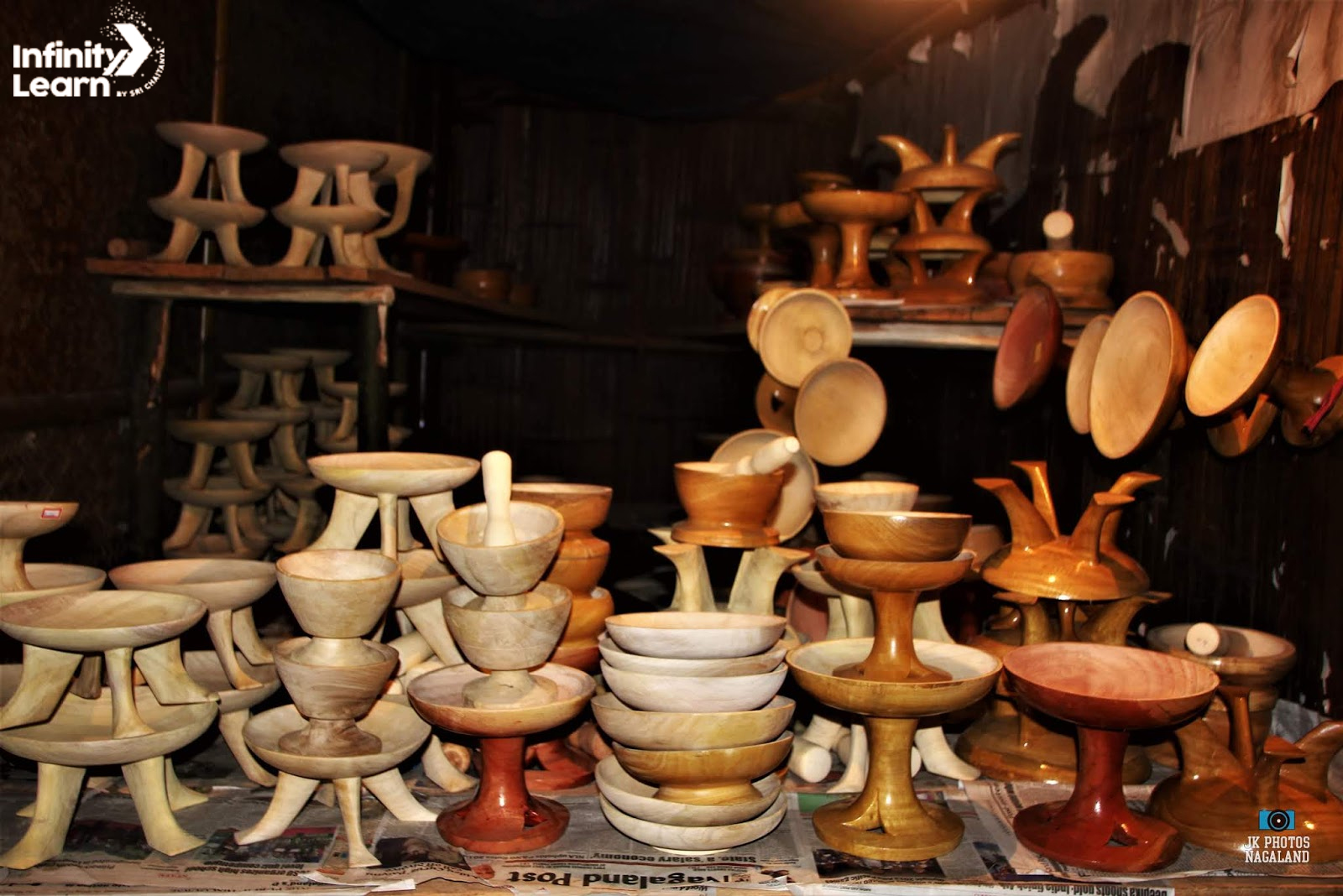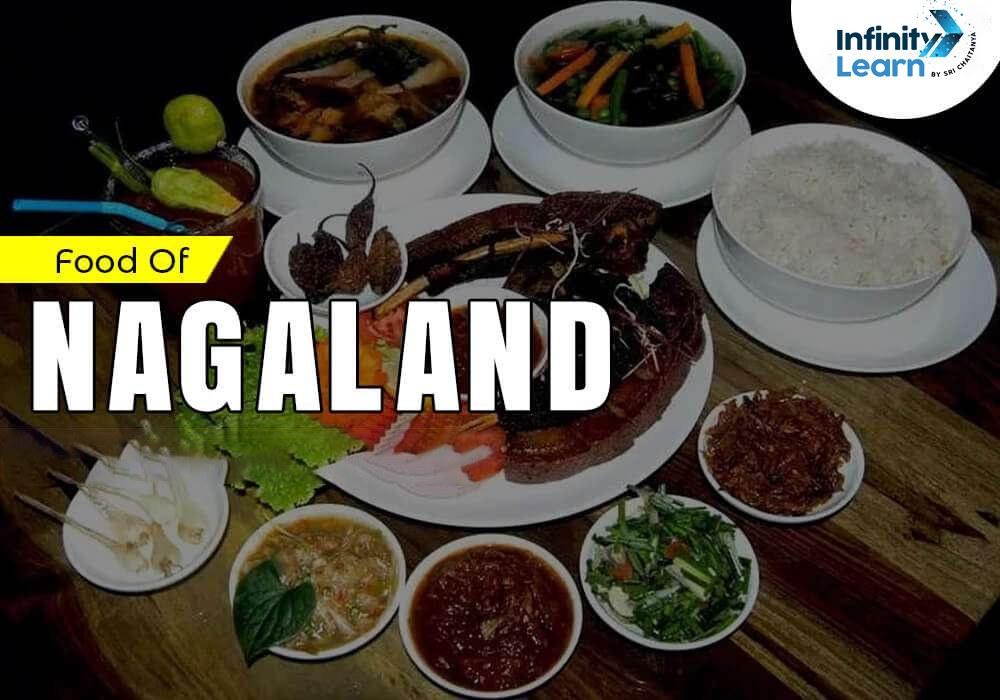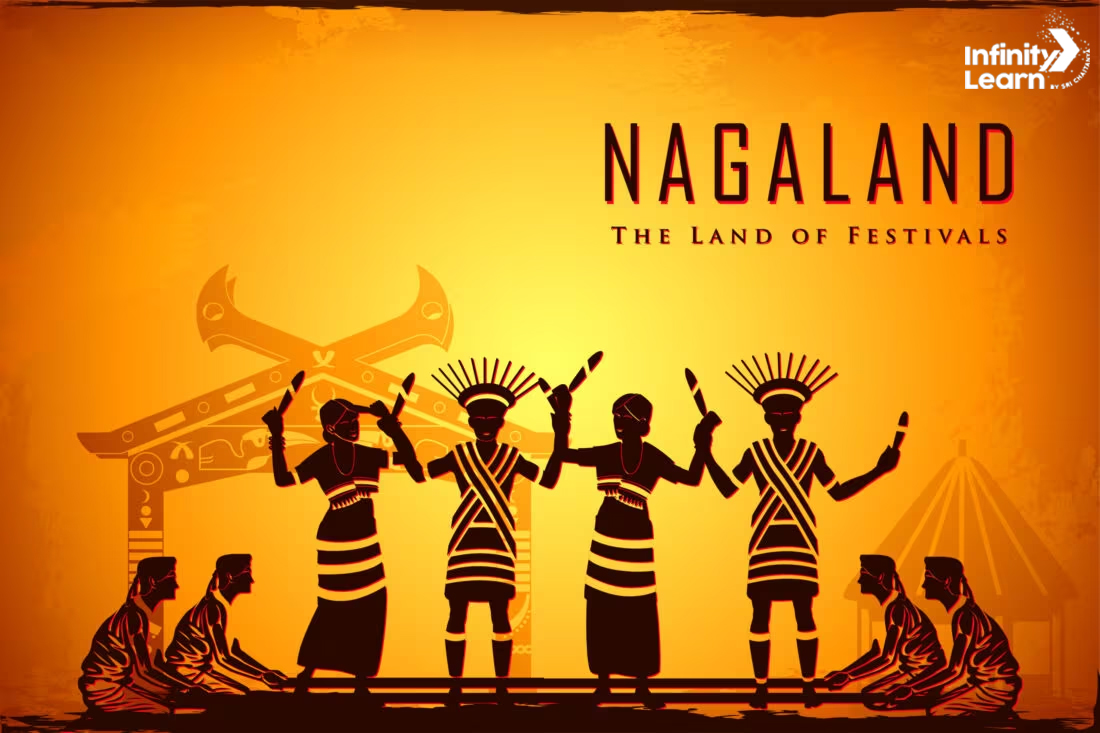Table of Contents
Nagaland Culture
The culture of Nagaland, a state in Northeast India, is incredibly diverse and deeply connected to the traditions and customs of its native tribes. Nagaland is famous for its colorful tribal communities, each with their own unique languages, stories, dances, and music. These different Nagaland tribes together create a rich tapestry of cultural identities.
The Naga people are particularly known for their vibrant clothing, intricate beadwork, and skilled bamboo crafts. They have many festivals that proudly display their heritage. Agriculture is very important in Naga society and influences many of their cultural practices and festivals. People from all over the world come to see the beauty of Naga traditions during festival.
Cultural Nagaland Dress
The traditional dress of Nagaland plays a crucial role in showcasing the diverse culture of the state’s different tribes. Each tribe has its own unique style, but there are some common elements that you can find in Naga attire.
Men’s Attire: They typically wear a special shawl known as “Tsükhru” or “Mekhela.” These shawls are made of handwoven cotton and have bright, geometric patterns on them that represent their tribe and social status. Along with the shawl, men wear a loin cloth and a headgear decorated with feathers and animal fur to symbolize their bravery and tribal rank.
Women’s Attire: Women in Nagaland wear a petticoat-like garment called “Neikhro” along with a shawl or “Mekhela.” Their attire is adorned with colorful patterns and designs that also have symbolic meanings related to their tribe and marital status. They often use beadwork, shells, and metal ornaments as decorations.
Jewelry and Accessories: Both men and women in Nagaland love to wear various types of jewelry like necklaces, bracelets, and earrings. These pieces are made from beads, bones, shells, and metals, and they not only look beautiful but also hold cultural significance.
Warrior Attire: In some tribes, warriors have a distinct attire that includes elaborate headgear decorated with boar tusks, hornbill feathers, and bear fur. These elements symbolize their courage and their achievements in battles or other traditional practices that were once a part of Naga culture.
Art and Craft of Nagaland
The traditional art and craft of Nagaland, which reflect the culture of the Naga tribes, encompass various skills like wood carving, basketry, weaving, and pottery. These artisans use natural materials such as bark, wood, bamboo, and cane to craft both practical and decorative items. Nagaland’s women adorn cloth with beautiful patterns to add color and vibrancy. Notably, Nagaland’s pottery is distinct because it is crafted entirely by hand, without the use of a spinning wheel. The Naga people are highly skilled woodcarvers, creating intricate art that decorates village gates and house posts. In recent times, there has been a resurgence of interest in these traditional crafts, allowing craftsmen to earn income from their skills. This reflects the deep cultural appreciation and love the Naga tribes have for their heritage.

Nagaland Food Culture
The food of Nagaland is special because it reflects the way people grow their food and their traditions. Here are some important things to know about Nagaland food culture:
- Staple Ingredients: People in Nagaland eat a lot of rice along with meat like pork, beef, chicken, and fish. They also eat a variety of fresh vegetables. Their food is not very oily or spicy, so you can taste the natural flavors.
- Smoked and Fermented Foods: Nagaland’s food is unique because they use smoked, dried, and fermented ingredients. These ingredients give their dishes a special taste and smell.
- Chilies and Spices: Nagaland is famous for its spicy food, thanks to a super-hot chili called Bhut Jolokia or Ghost Pepper. They also use ginger, garlic, and Sichuan pepper to add flavor.
- Popular Dishes: Some well-known Nagaland dishes include smoked pork with bamboo shoots, Axone (fermented soybean), and Galho, which is like a thick rice soup with vegetables and meat. They prepare fish and meat with care, often smoking, drying, or fermenting them to make them taste unique.
- Traditional Drinks: Nagaland has traditional rice beers called Zutho and Thutshe. People drink these during festivals and gatherings to celebrate their culture.

Festivals of Nagaland
Here are some of the most exciting festivals celebrated in Nagaland:
- Hornbill Festival: This grand event, named after Nagaland’s state bird, celebrates the diverse culture of the region. It lasts for 10 days in early December and showcases Naga food, crafts, music, dances, and traditions. People from all major Nagaland tribes come together to display their unique cultural heritage.
- Aoleng Festival: Celebrated by the Konyak Naga tribe in Mon district, this festival marks the arrival of spring and the Konyak New Year. It’s a time for double celebration, symbolizing the start of a new year in their calendar along with the arrival of spring.
- Sekrenyi Festival: The Angami tribe observes this 10-day festival, which focuses on purification and sanctification. It’s a time for traditional rituals, feasting, and joyful celebrations that highlight the Angami tribe’s rich cultural heritage.
- Moatsü Mong: In the first week of May, the Ao tribe celebrates this festival with traditional dances, songs, and rituals, creating a festive atmosphere that showcases their unique culture.
- Tsukhenye Festival: Celebrated by the Chakhesang tribe in January and March/April, this festival revolves around feasting, traditional rituals, and cultural performances, allowing the tribe to share their heritage with others.
- Naknyulem Festival: In the second week of July, the Chang tribe celebrates this festival with traditional dances, songs, and rituals, making it a time of great joy and cultural expression.

Nagaland Cultural Dance and Music
The culture of Nagaland is deeply rooted in its unique dance and music traditions, which play a vital role in showcasing the customs, history, and beliefs of the various tribes that call the state home.
Traditional Dance of Nagaland:
- Diverse Forms: Nagaland’s different tribes have their special dance styles, often performed during festivals, weddings, and important community gatherings. These dances are full of energy and involve coordinated moves and distinctive steps.
- Traditional Attire: Dancers wear colorful and intricate tribal clothing adorned with beads, feathers, and tribal designs, making their performances visually captivating.
- Themes and Symbols: Nagaland’s dances often portray scenes from daily life, farming practices, stories of war, and folklore. Some dances are performed as rituals to seek blessings for good harvests or protection.
- War Dances: The Naga tribes are known for their martial traditions, and their war dances are a prominent example. These dances include mock battles, displaying agility and strength, accompanied by war cries and rhythmic footwork.

Folk Music of Nagaland:
- Traditional Instruments: Nagaland’s traditional music heavily relies on instruments like drums, flutes, mouth organs, and string instruments made from bamboo and local materials. These instruments are essential to Nagaland’s cultural identity.
- Vocal Music: Singing is a fundamental part of Nagaland’s music, with songs passed down through generations. These songs tell stories of ancestors, express emotions like love, joy, and sadness, and are sung during rituals and festivals.
- Complex Rhythms: Nagaland’s music is known for its intricate rhythms and beats that complement the lively dance moves.
- Modern Influence: While traditional music remains important, contemporary Naga musicians are increasingly blending modern music genres with traditional tunes, creating a unique and ever-evolving musical landscape.
Nagaland’s dance and music traditions, rich in symbolism and reflecting the spirit of the community, continue to be a vibrant expression of the state’s cultural identity. They are celebrated in festivals and ceremonies throughout the region.
Religion of Nagaland People
The primary religion in Nagaland is Christianity. Before the British arrived, the native people followed their own traditional beliefs, which included ancestor worship and indigenous religions. However, the British introduced Christianity, and now it’s the most widely practiced religion in the state. In 2011, 88% of Nagaland’s population were Christians, and you can find most churches in both urban and rural areas. People in Nagaland take their church attendance seriously and follow Christian customs closely.
Although Christianity is the main religion, a small portion of the population still holds onto the ancient belief system of Animism. This indigenous Naga religion is quite complex, combining elements like animism, supernatural beliefs, superstitions, shamanism, and even stories of people turning into animals. Despite the dominance of Christianity, there are still individuals who stick to their traditional beliefs, and these beliefs have survived alongside Christianity in Nagaland for a long time. There is a small Hindu population, mostly concentrated in the Dimapur and Kohima districts.
Marriage Culture of Nagaland
The marriage culture of Nagaland people are deeply rooted in their traditions and beliefs. In Nagaland, most tribes follow a rule called “exogamy,” which means that people from the same clan cannot marry each other. However, there is an exception for the Konyak chiefs, who are considered sacred, and they can marry someone from the same clan.
Each Naga tribe has its own unique way of conducting marriage ceremonies. For instance, the Angami tribe has a custom where a girl can say no to a marriage proposal if she has a bad dream during the negotiation period. Meanwhile, the Mongsen tribe has a peculiar tradition where the engaged couple goes on a trading journey for twenty days. If they make a profit, they proceed with the wedding plans, but if they incur a loss, they cancel the engagement because it’s seen as bad luck.
Interesting Facts About Nagaland Culture
- Land of Festivals: Nagaland is known as the “Land of Festivals” due to its numerous tribal celebrations throughout the year.
- Headhunting History: Some Naga tribes practiced headhunting in the past, which played a significant role in their social life.
- Linguistic Diversity: Nagaland has around 36 indigenous languages, each unique to different tribes.
- The Hornbill Festival: A famous event celebrating Nagaland’s culture, where all tribes come together for music, dance, food, and customs.
- Matriarchal Practices: In some tribes, women have an important role in decision-making and inheritance.
- Warrior Tattoos: Traditional tattoos symbolize bravery and achievement among different tribes.
- Terrace Farming: Naga hills are known for terrace farming, adapted to their hilly terrain.
- Living Root Bridges: Communities in Nagaland create natural bridges by training tree roots, making sustainable pathways.
- Bamboo’s Versatility: Bamboo is used for building, utensils, instruments, and even in their cuisine.
FAQs on Culture of Nagaland
What Nagaland is famous for?
Nagaland is famous for its rich cultural heritage, vibrant tribal festivals, unique handicrafts, and beautiful landscapes. The state is also renowned for its colorful traditional attire and diverse tribal communities.
What was the material culture of the Nagas?
The material culture of the Nagas prominently features bamboo and cane crafts, intricate beadwork, and weaving. Their skill in making traditional weapons, jewelry, and household items from natural materials is also noteworthy.
What is the main festival of Nagaland?
The main festival of Nagaland is the Hornbill Festival. Celebrated annually, it showcases the state's rich culture, including dance, music, traditional arts, and local cuisine, bringing together all Naga tribes.
What is the traditional food of Nagaland?
The traditional food of Nagaland includes rice, smoked and fermented meats, bamboo shoots, and local vegetables. Naga cuisine is known for its simplicity and the use of various chilies, including the famous Bhut Jolokia.
Why Nagaland is called the land of festivals?
Nagaland is called the land of festivals due to the numerous vibrant and colorful festivals celebrated by its many tribes throughout the year. Each festival, unique to a tribe, celebrates different aspects of their culture and life.









